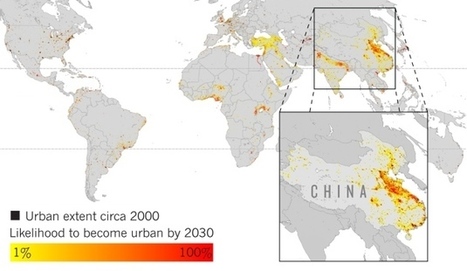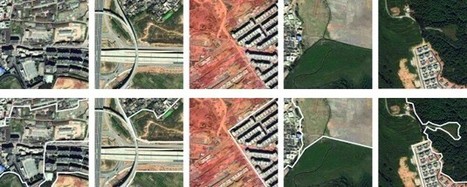Of all the cosmic bodies studied in the long history of astronomy and space travel, the one that got the least attention was the one that ought to matter most to us—Earth.
That changed when NASA created the Landsat program, a series of satellites that would perpetually orbit our planet, looking not out but down. Landsat was built for public monitoring of how the human species was altering the surface of the planet. The space agency, along with the U.S. Geological Survey (USGS), has accumulated a stunning catalog of images that, when riffled through and stitched together, create a high-definition slide show of our rapidly changing Earth, which for the first time date all the way back to 1984.
These Timelapse pictures tell the pretty and not-so-pretty story of a finite planet and how its residents are treating it — razing even as we build, destroying even as we preserve.
Visit the article link to see an exclusive timelapse of climate change, deforestation and urban sprawl unfolding as Earth evolves over 30 years...
Via Lauren Moss



 Your new post is loading...
Your new post is loading...





![progetto Bimby : peut-on lutter contre l'ÉTALEMENT urbain ? [possiamo combattere l'espansione urbana] « InternetActu.net | URBANmedias | Scoop.it](https://img.scoop.it/cjeM94bUYWl83ZDpdAAP6Dl72eJkfbmt4t8yenImKBVvK0kTmF0xjctABnaLJIm9)





Exciting!!
summer work KQ2 key concepts: remote sensing, deforestation, desertification, land use, geospatial